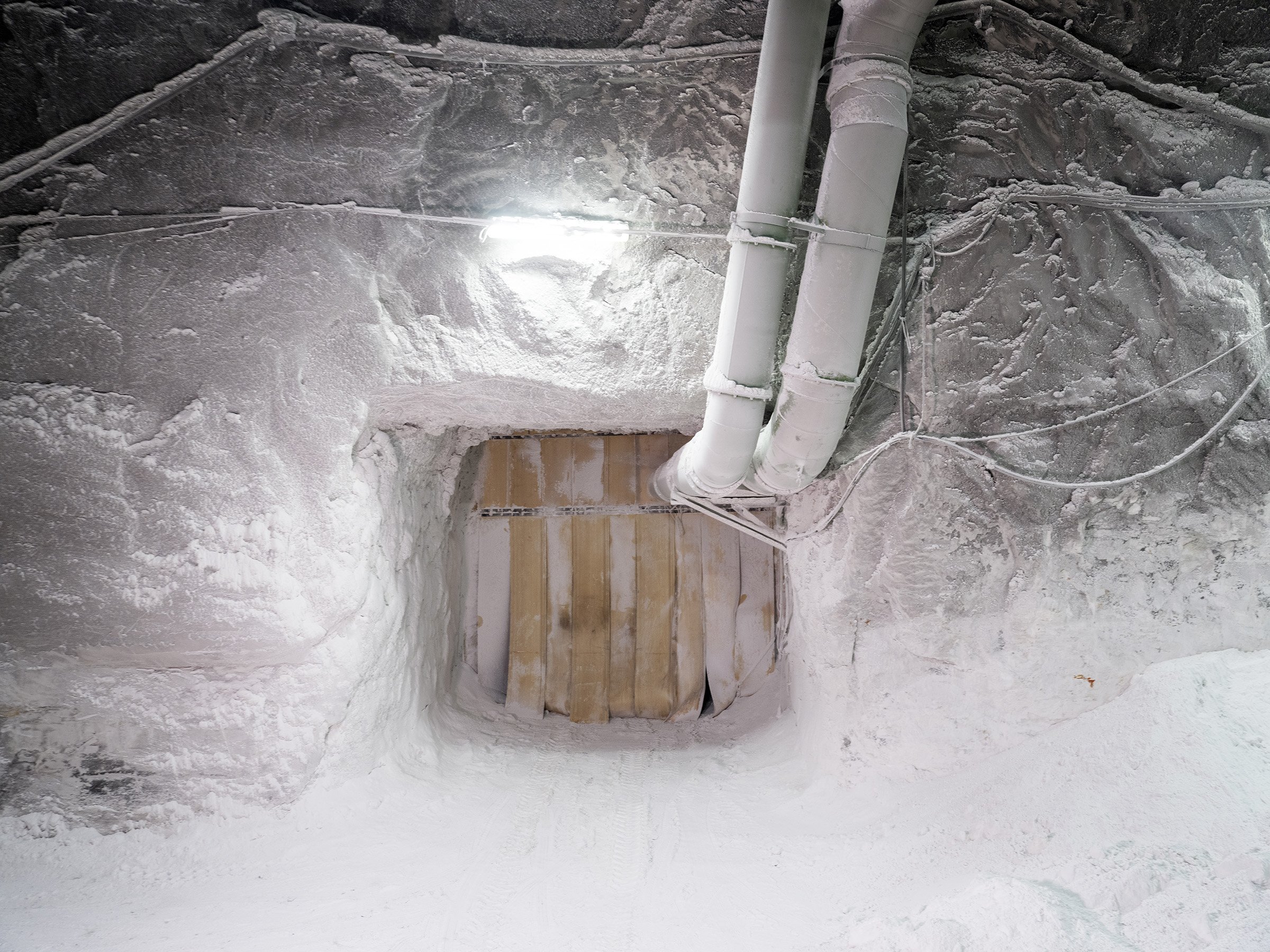A new era of salt extraction
2022 - in progress
Salt has been exploited for several thousand years since its food preserving properties were first discovered. In that span of time, it has contributed to shape many aspects of human life beyond consumption and nutrition, including in the economic, symbolic and religious spheres. Salt was highly valued and its production was legally restricted in ancient times, allowing it to play an important role throughout various periods of history as a means of trade and currency.
Although salt is abundant on Earth, it requires extraction from stone deposits or salty waters. Its mining process has a major environmental impact, oftentimes carving out new, dramatic
and visually compelling landscapes in the form of deep stable caverns, multicoloured pools of water and geometric shapes.
The Mediterranean Sea and Europe have played a pivotal role at the centre of the salt trade and salt extraction industry. According to EMEP (the European Monitoring and Evaluation Programme), the Mediterranean and Black Sea are undergoing strong salinification due to climate change, the water temperature and net evaporation increases.
If salt mining is an ancestral activity, the scale and effects of today’s industry are far reaching and unprecedented. This project seeks to further explore the link between salt extraction, climate change and salination of land in the era of the Anthropocene as well as the environmental issues which the current salt production techniques are generating.
The story aims to be visually compelling - emphasising the strange beauty these man-made structures take on while also drawing attention to the very real and chilling consequences these titanic undertakings have on our environment.











































